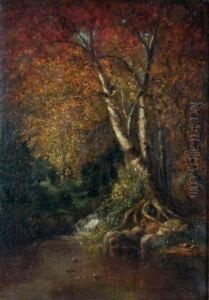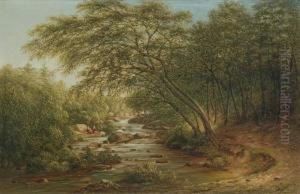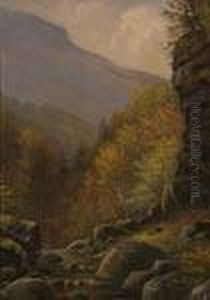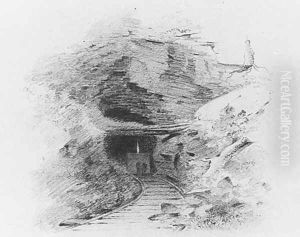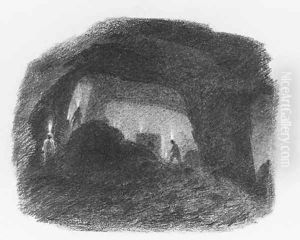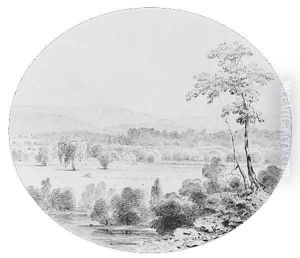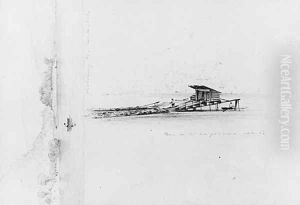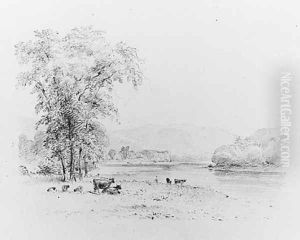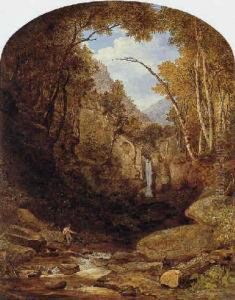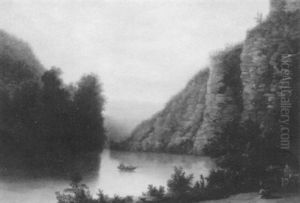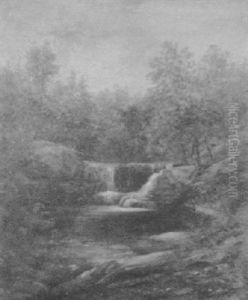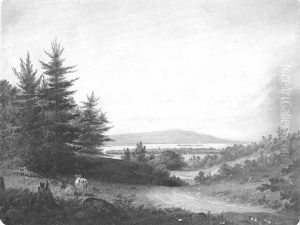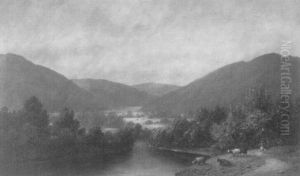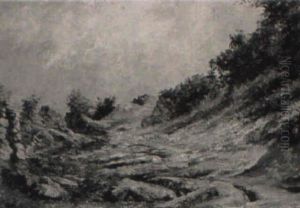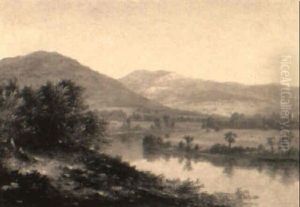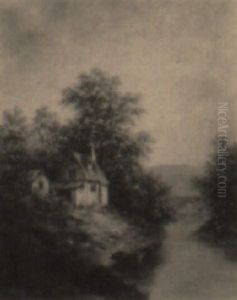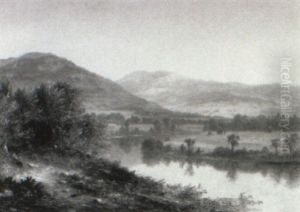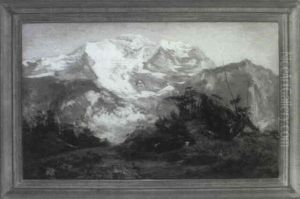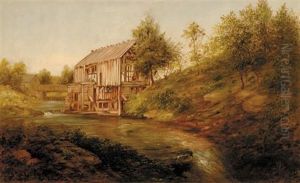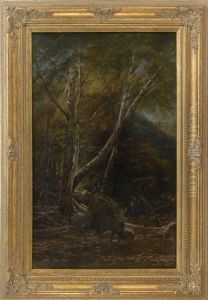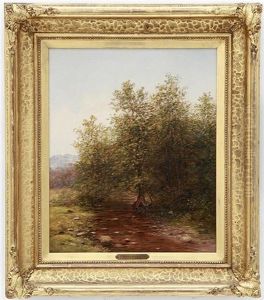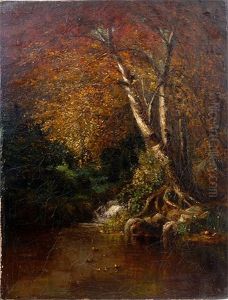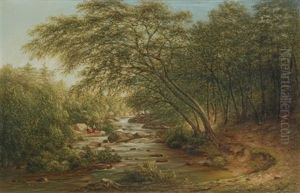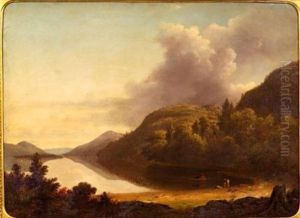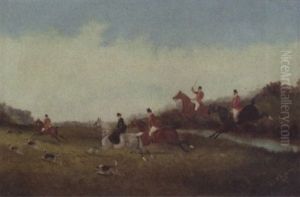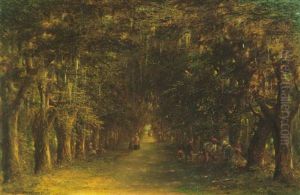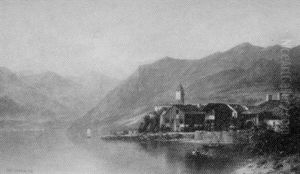Thomas Addison Richards Paintings
Thomas Addison Richards was an English-born American artist known for his landscape paintings and illustrations that deeply captured the essence of the American South. Born in London, England, in 1820, Richards moved to the United States with his family in 1831, where they initially settled in Hudson, New York. His early interest in art was nurtured in New York, a burgeoning center for art and culture during the 19th century.
Richards' career took a pivotal turn when he began traveling extensively throughout the American South, drawing inspiration from its unique landscapes and natural beauty. Much of his work during this period focused on the picturesque scenes of Georgia, South Carolina, and other Southern states, which he depicted with a remarkable attention to detail and a profound appreciation for the region's distinct character.
In addition to his landscape paintings, Richards was a prolific illustrator, contributing to numerous magazines and books of the era. His illustrations were praised for their accuracy and vividness, serving as an important visual documentation of the American South during the mid-19th century. Richards' contributions to art were not limited to his own creations; he was also a dedicated educator, teaching at the Cooper Union in New York City, where he influenced a generation of young artists.
Richards' work received considerable recognition during his lifetime, with exhibitions at major institutions such as the National Academy of Design. Despite the acclaim, he remained deeply committed to capturing the subtleties and nuances of the landscapes that inspired him, leaving behind a rich legacy of art that continues to be celebrated for its historical significance and artistic merit.
Thomas Addison Richards passed away in 1900, leaving a lasting impact on the American art scene. His paintings and illustrations remain a valuable record of the American South's landscape and culture during a transformative period in the country's history.





